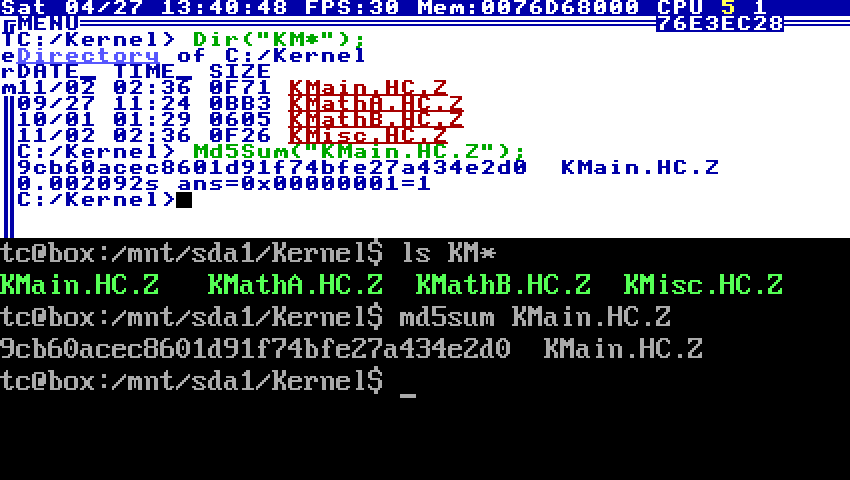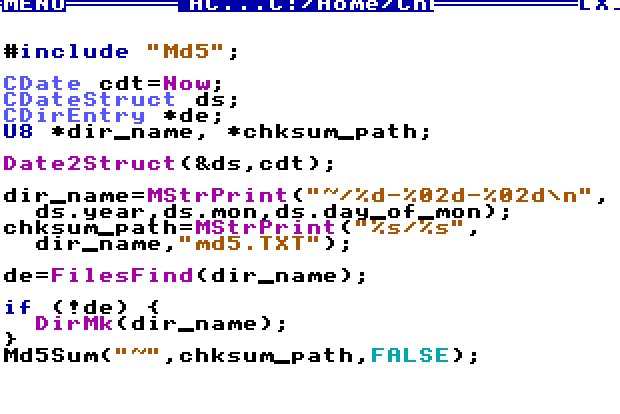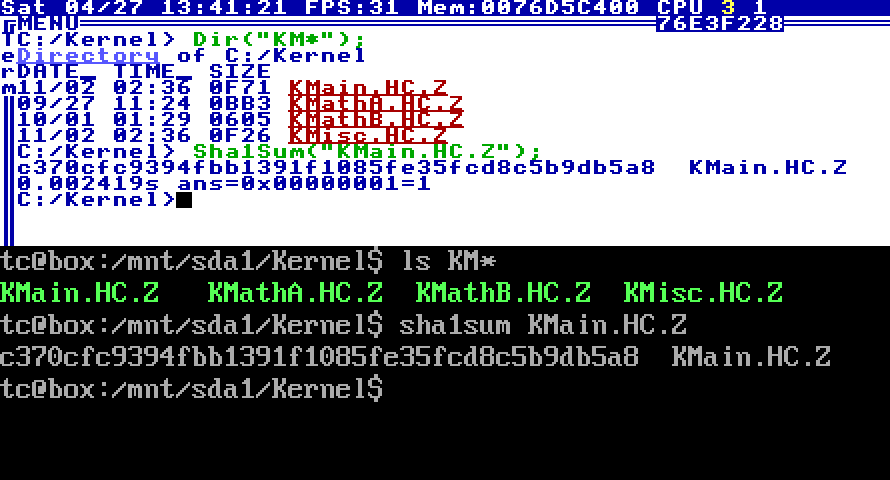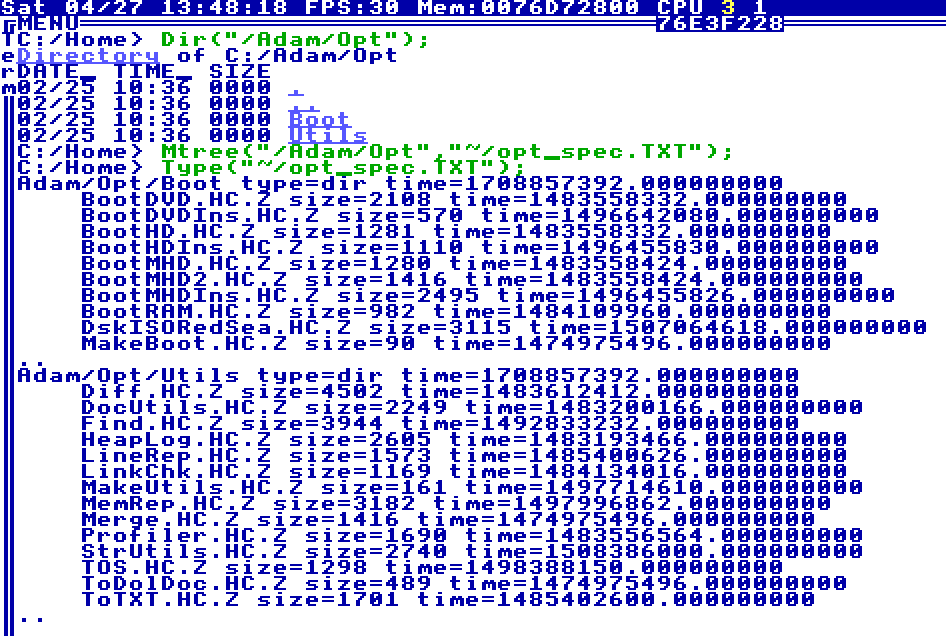The Cathedral and the Bizarre,
or
Dual-Booting for Fun and Prophet
Using Linux to Enhance TempleOS
Toby Betts
LinuxFest Northwest, 2024-04-27
Disclaimer
- This presentation is for educational purposes only and does not contain any professional advice or recommendations and is not endorsed by the event organizer
- Use at your own risk, yes this means you
- Your actual mileage may vary
- Make verified backups before implementing any system or workflow changes
Difficulty Level
Technical:





1/5 multitools: Mastering boot records and boot loaders
Difficulty Level
Booting:
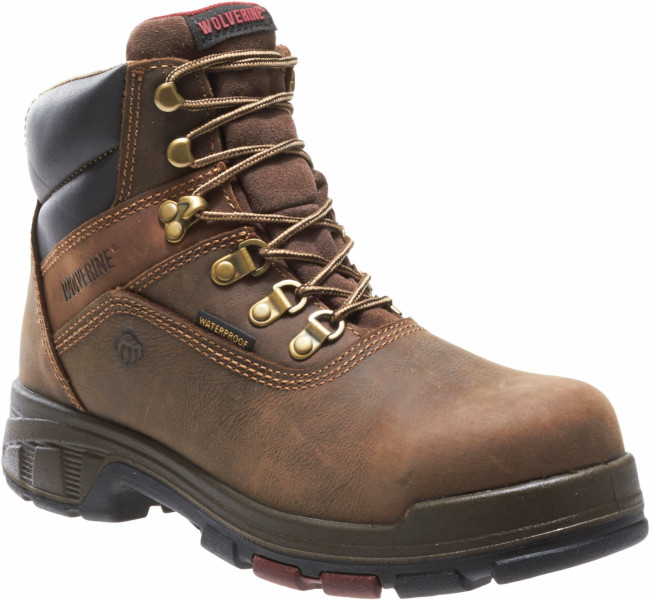




4/5 boots: This talk was made for bootin' and that's just what we'll do
Genesis - In the beginning...
In the beginning God created the heaven and the earth and the earth was without form and void and darkness was upon the face of the deep
Genesis - In the beginning...
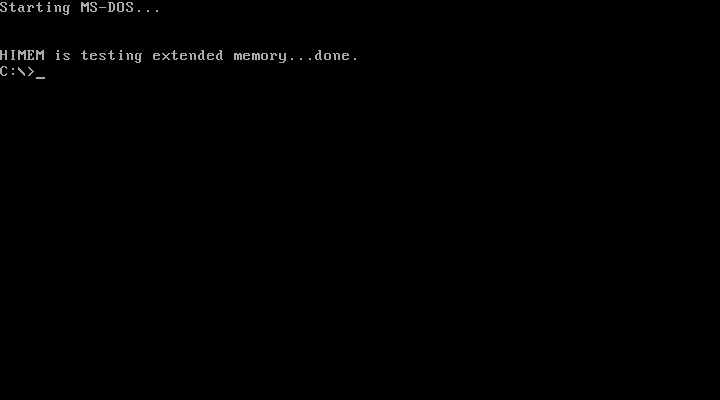
Genesis
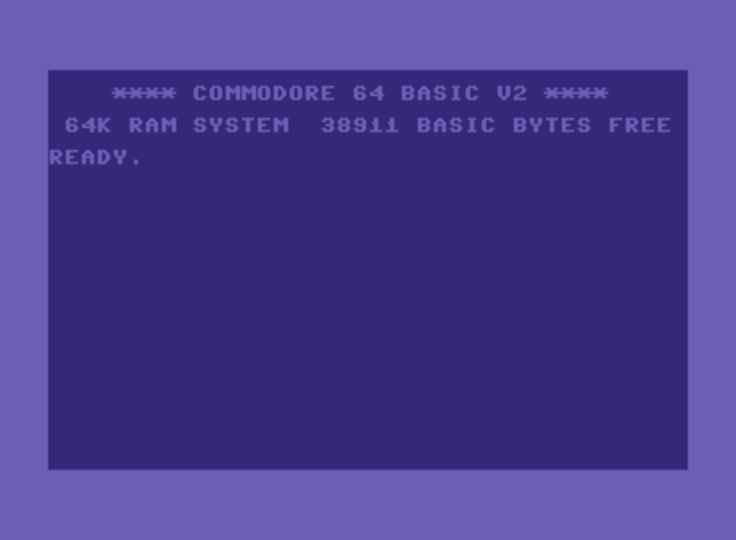
Genesis

Genesis
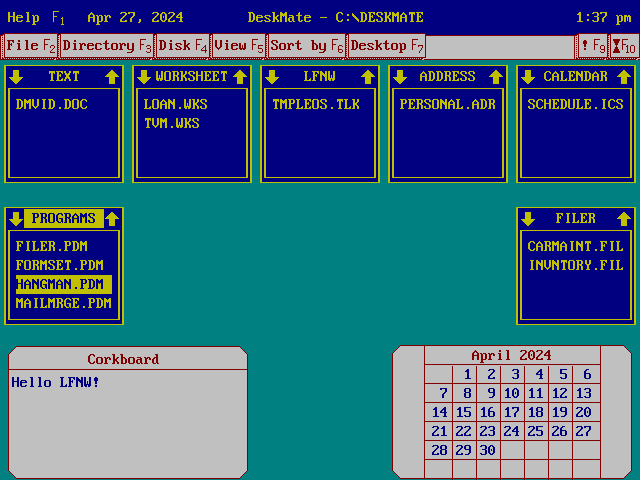
Genesis
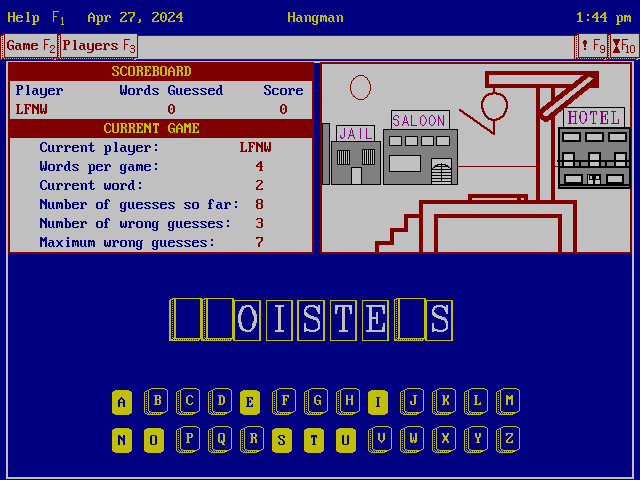
Genesis
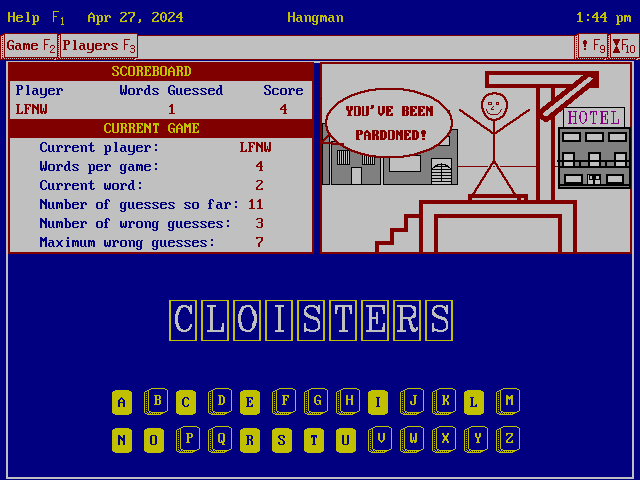
An average disk layout
A basic DOS-era disk layout defines contiguous blocks of storage called partitions
|
|
https://pikchr.org/home/pikchrshow
boxht = .2; boxwid = 1.3;
down
box "MBR"; box ht 0.7*boxht "safety gap";
box ht 2*boxht "partition 1";
box ht 3*boxht "." "." "."
L: box ht 2*boxht "partition 4"; box ht 0.8*boxht "unallocated space";
box invis wid .1*boxwid "0" with .e at 1st box .nw
box invis wid .2*boxwid "512" with .e at 2nd box .nw
box invis wid .2*boxwid "1M" with .e at 3rd box .nw
box invis wid .2*boxwid "1G" with .e at 3rd box .sw
box invis wid .2*boxwid "end" with .e at 6th box .sw
An average dual-boot layout
The traditional way to dual-boot
|
https://pikchr.org/home/pikchrshow
boxht = .2; boxwid = 1.3;
down
box "MBR"; box ht 0.7*boxht "safety gap";
box ht 3*boxht "DOS/Windows (FAT32)";
L: box ht 2*boxht "Linux (ext2)"; box ht 0.8*boxht "unallocated space";
box invis wid .1*boxwid "0" with .e at 1st box .nw
box invis wid .2*boxwid "512" with .e at 2nd box .nw
box invis wid .2*boxwid "1M" with .e at 3rd box .nw
box invis wid .2*boxwid "1G" with .e at 3rd box .sw
Why Boot Loaders are important
The first 512 bytes of the hard disk are essential
- Holds the partition table, defining contiguous storage blocks and what they contain
- It's why you never run dd if=/dev/zero of=/dev/sda unless you really want to choose violence
- MBR tells to computer where to look next instructions


